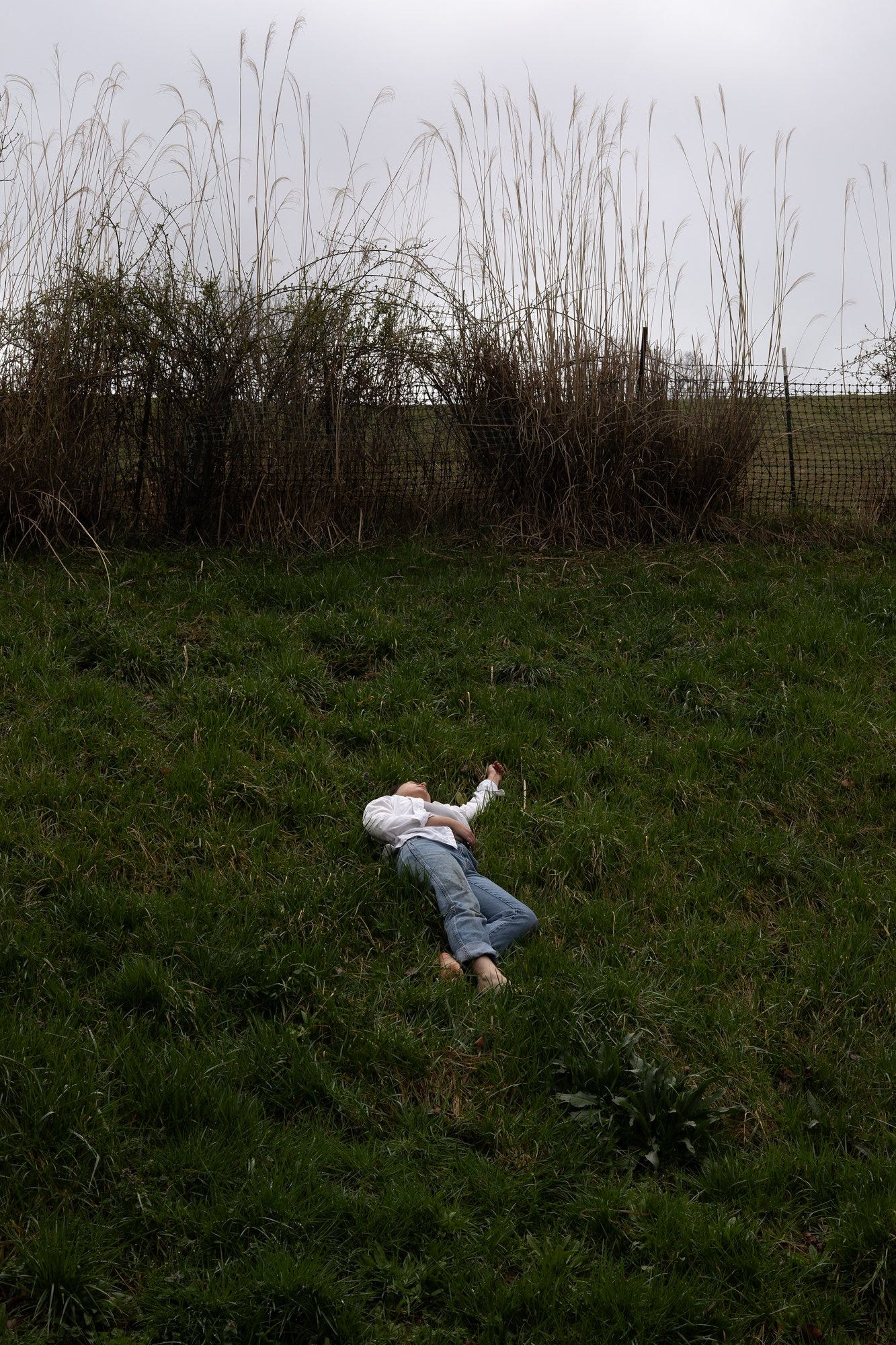I’ve been reflecting on self portraits lately as I put thoughts together for a practice group I will be facilitating through Kinship Photography Collective in September (join us 8/28 to hear more from all of the facilitators for this cycle of practice groups!). This reflection is also happening after a summer largely spent not making self portraits, a s…
Keep reading with a 7-day free trial
Subscribe to Something Like a Body to keep reading this post and get 7 days of free access to the full post archives.




